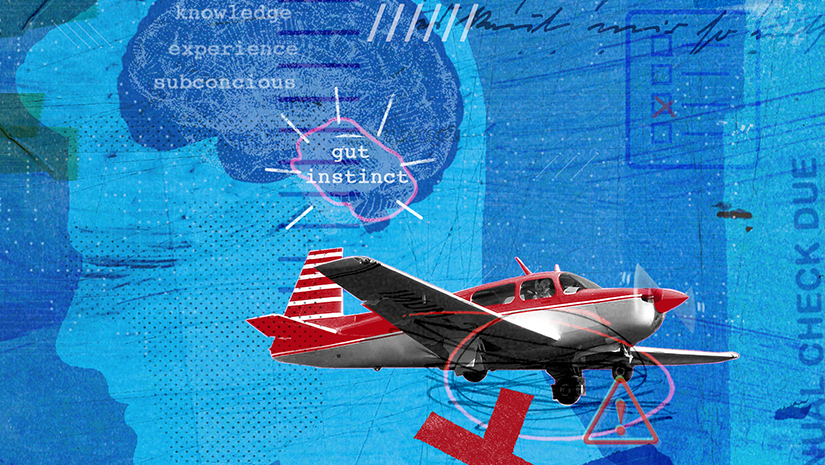
As an independent flight instructor, clients sometimes offer a wide variety of flying gigs beyond teaching: It could be aerial photography, taking someone sightseeing, or a simple ferry flight.
So when a primary training client purchased a used Mooney M20C via an insurance adjuster’s auction, I was excited. Not just for my client’s advancement, but also the prospect of varied flight experiences for me, despite it being located on the other side of the country and needing some repairs.
He eventually got the Mooney ferried to a maintenance shop, had the interior upgraded, and got it to his home airport in Napa, California. But then time passed, and a series of delays kept him from flying it. Eventually, the annual inspection lapsed, and the airplane needed to be flown to a nearby airport—Petaluma Municipal—to have that done. Although he applied some light pressure for me to overlook the lack of airworthiness, I insisted that he get a special flight permit for ferrying.
A few days later, with paperwork in hand, I—along with the airplane owner and his mechanic—flew from Petaluma to Napa in the mechanic’s Cessna 206 to get the Mooney to the shop. Upon arrival, the mechanic and I both performed a thorough preflight on the Mooney. Being an early model, it featured a Johnson bar lever to actuate the landing gear. With the bar vertical and locked under the instrument panel, the landing gear was extended—pulled down and flat would retract the wheels up into the airplane’s underbelly.
It wasn’t a surprise to see and no real challenge to operate, although pilots do need to ensure the space between the front seats is clear, and that unused seat belts are stowed to prevent the ends from becoming possible obstructions to raising—or worse, lowering—the three struts.
After I put some fresh avgas in the tanks and performed an exhaustive runup, I departed from Napa with the mechanic and airplane owner flying chase. But, knowing the airplane’s accident history and with the flight being a short hop, I decided not to retract the landing gear. I landed at Petaluma uneventfully, logged the flight, got paid, and went home. A week or so later, the Mooney’s owner called, asking me why I didn’t retract the gear for the flight.
I told him enough was hinky, so why add a potential problem with virtually no upside? He pressed me further, insisting that I must have seen or suspected something was amiss. He said that when, as part of the annual, the mechanics placed the airplane up on jacks and swung the landing gear, the wheels went up, but would not go down.
I was shocked. I reiterated my simple risk management calculation for the flight and thanked him for the update.
Murphy’s Law (named for U.S. Air Force engineer Capt. Edward A. Murphy) is the notion that “anything that can go wrong will go wrong.” As pilots, we know that things can go wrong, but we assess and manage the risks to achieve the rewards. And while I didn’t think I was doing anything extraordinary on that flight, it has stuck with me as one of the more memorable lessons learned aloft.
Listen to that little voice in your heads, my friends.
 Airworthiness
Airworthiness

